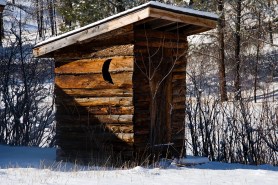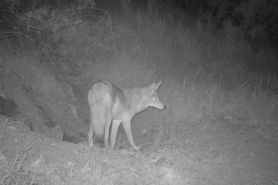

Foraging for wild food can save your life, but it can be a dangerous affair all on its own. Plants are a delicious source of nutrition, if you can find the right ones. Get it wrong, and it could be deadly.
Videos by Outdoors with Bear Grylls
Knowing which plants and fungi to avoid can help you skip the terrible skin rash, nausea, or even a dance with death. Learn these common 10 plants to avoid while foraging to up your survival skills.
Disclaimer: When foraging, never eat anything you are not 100% sure about.
Avoid These 10 Plants and Fungi While Foraging
- Death Cap Mushrooms
- Poke Berries
- Horse Nettle
- Doll’s Eyes
- Hemlock
- False Morels
- Poison Ivy
- Virginia Creeper
- American Wisteria
- Jerusalem Cherry
1. Death Cap Mushroom
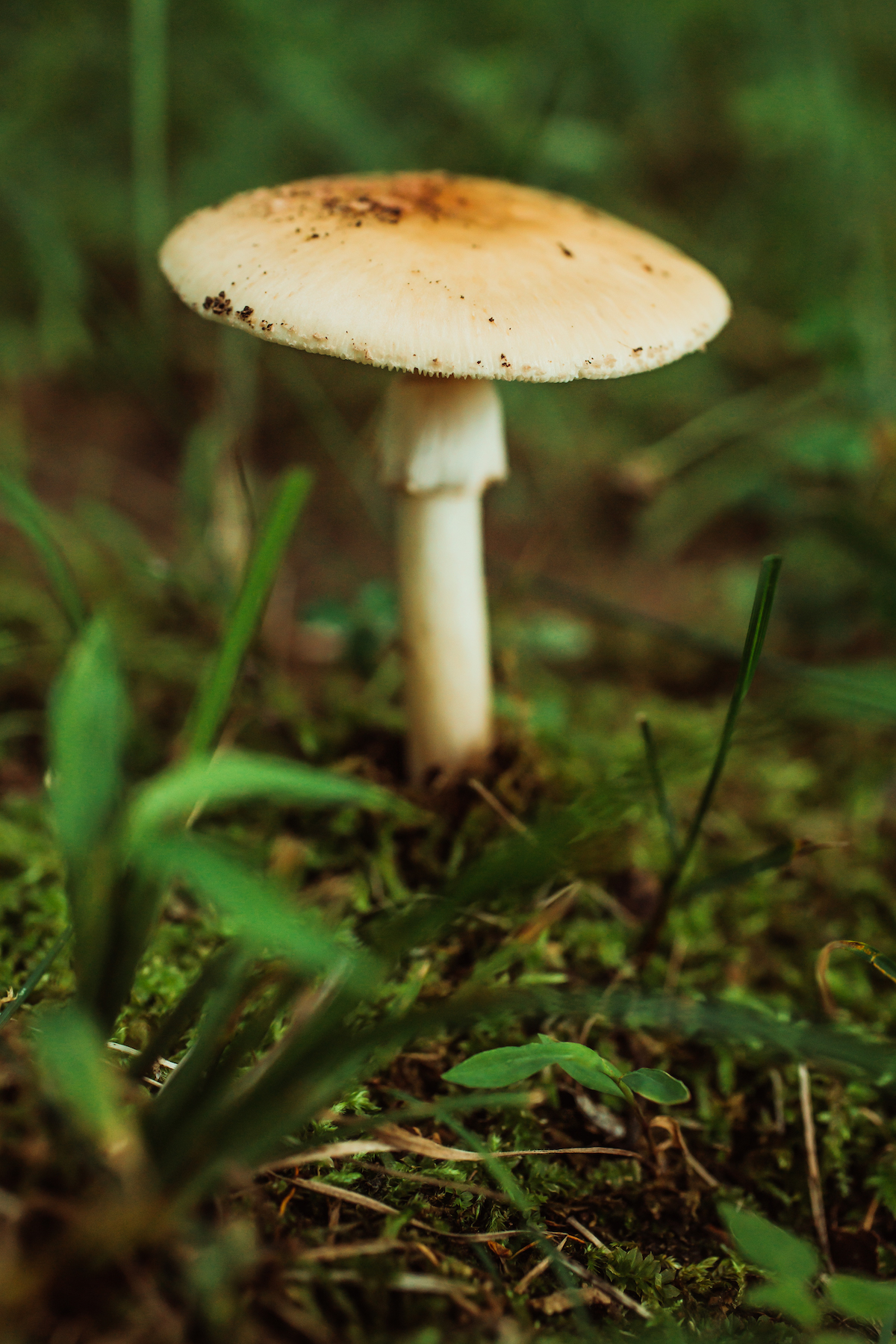
While a mushroom is not a plant, it’s worth adding this fungi to the list, because it’s one of the “fatal five mushrooms.” The Amanita phalloides or death cap mushroom may look great (and it may even taste great too), but it’s responsible for an estimated 90% of the world’s deadly mushroom ingestions. Native to Europe and found in the U.S., this invasive fungus is known by many as the world’s most poisonous mushroom. Know this mushroom by sight and avoid it at all costs.
2. Poke Berries and Pokeweed
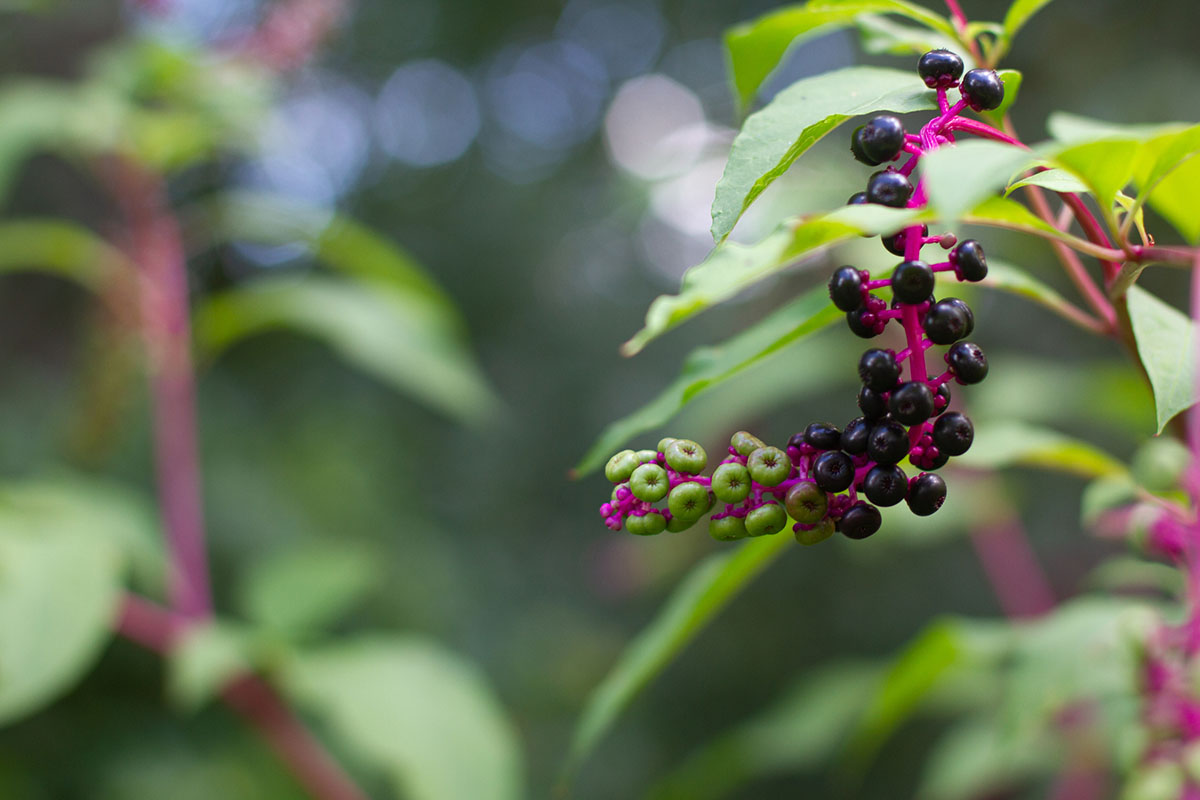
The tough part about dangerous plants is that they often look delicious. Just like the death cap mushroom, the pokeweed plant shines with juicy and delectable-looking berries. Don’t be fooled by their enticing look. These berries are animal food, not people food, which means even though some animals may be able to eat them, these berries are deadly to humans.
Pokeweed is common in the American South and is easily identified by the distinct clusters of purple-black berries with lance-shaped leaves and brightly colored, purplish-pink stalks that grow into a large, tall bush. While pokeweed is sometimes prepared and used in food dishes, if eaten raw, it can cause convulsions, vomiting, and respiratory paralysis.
Admire this beautiful plant from afar, because even by touching the pokeweed with a bare hand, you can absorb some of the toxicity through your skin.
3. Horse Nettle
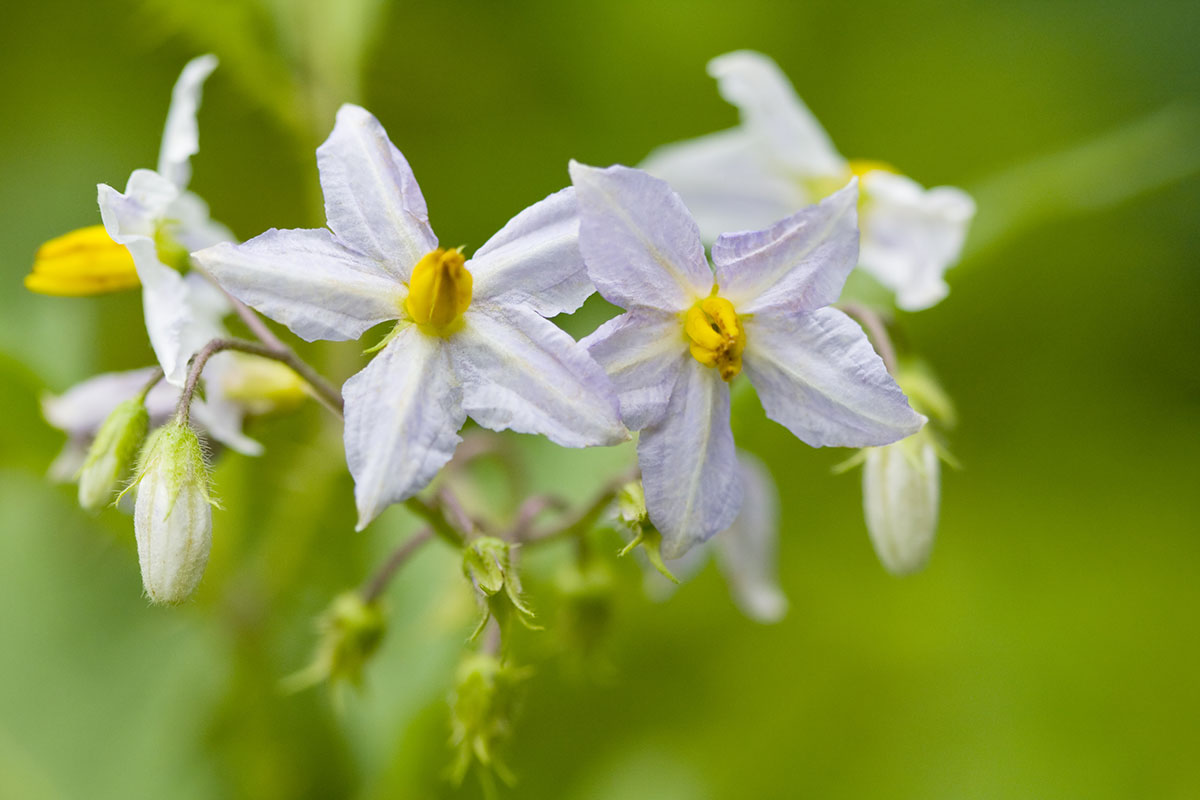
A member of the nightshade family, alongside tomato and eggplant (though far less desirable to eat), the horse nettle has juicy-looking yellow-cherry fruits. Don’t mistake the plant’s fruits for cherry or grape tomatoes. If tasted, these fruits are extremely bitter, making it (hopefully) obvious that the chewer needs to spit it out.
Horse nettle plants are around 24 inches tall. The leaves grow on the stem with lobed margins and an irregular wavy pattern. The toxic flowers are blue, white, or purple. In fact, the whole horse nettle plant is toxic. From gastric irritation to affecting the autonomic nervous system, if consumed, horse nettle will cause dilated pupils, fatigue, reduced respiratory function, and/or depression.
4. Doll’s Eyes
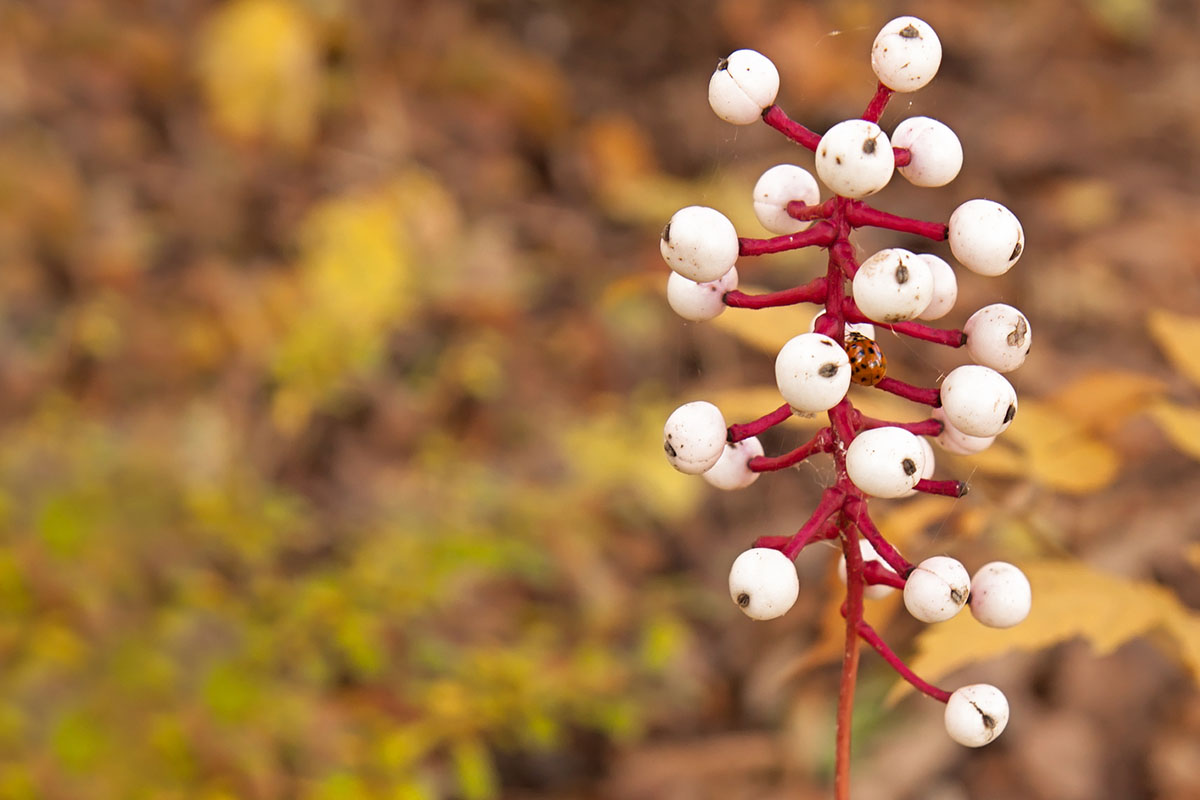
Sprouting from neon-pink stems, these white, round berries with black dots in the center creepily resemble doll eyes. Also known as “white baneberry,” this plant is found in the eastern and northern parts of North America. You may look these berries in the “eye,” but don’t touch this plant at all. The whole plant is toxic, and it can cause blisters just from touching it.
Eat these toxic doll’s eyes and you’ll soon know you made a mistake. They may taste sweet at first, but severe pain, burning, stomach cramps, headache, diarrhea, dizziness, and hallucinations will follow.
5. Poison Hemlock

After being told by the Athenian emperor to kill himself, Socrates drank some fatal tea made from this famous plant. Poison hemlock, with its lacy green leaves and small flowers, is often mistaken for wild carrots, parsley, celery, or wild parsnip, so take care to avoid it. Often growing near streams or along roads in umbrella-shaped clusters, poison hemlock contains alkaloids that affect the nervous system and leave unsuspecting consumers unable to breathe.
6. False Morels

Morels are delicious, but their evil twins, the false morels, not so much. False morels are a highly toxic group of fungi that look similar to true morels. False morels are responsible for many deaths, so take extra care.
False morels include Gyromitra esculenta and Gyromitra caroliniana, Verpa, Helvella, and Disciotis. The structure of false morels can be very misleading, because of their similarity to true morels. They all tend to be wavy, brown, and wrinkled.
Consuming a false morel could lead to gastrointestinal issues, muscle coordination problems, and even cardiac arrest. It might seem simple looking at a photo online, but out in the wild, distinguishing true morels from false one can be tough.
Key tips for distinguishing false morels from true morels:
- Gyromitra species often have a “wrinkled” or brain-like appearance with many folds, rather than the honeycomb appearance of true morels with ridges and pits.
- True morels are always hollow, while Gyromitra species are typically chambered in longitudinal sections, and Verpa species contain a cottony substance inside their stem.
- True morels have caps that are attached to the stem at or near the base of the cap. The caps of Verpa species are attached to the stem only at the top of the cap or halfway along the stem.
Morel of the story? Consult a field guide or a foraging expert before eating anything that looks close to a morel, because the side effects of eating the wrong kind are life-threatening.
7. Poison Ivy
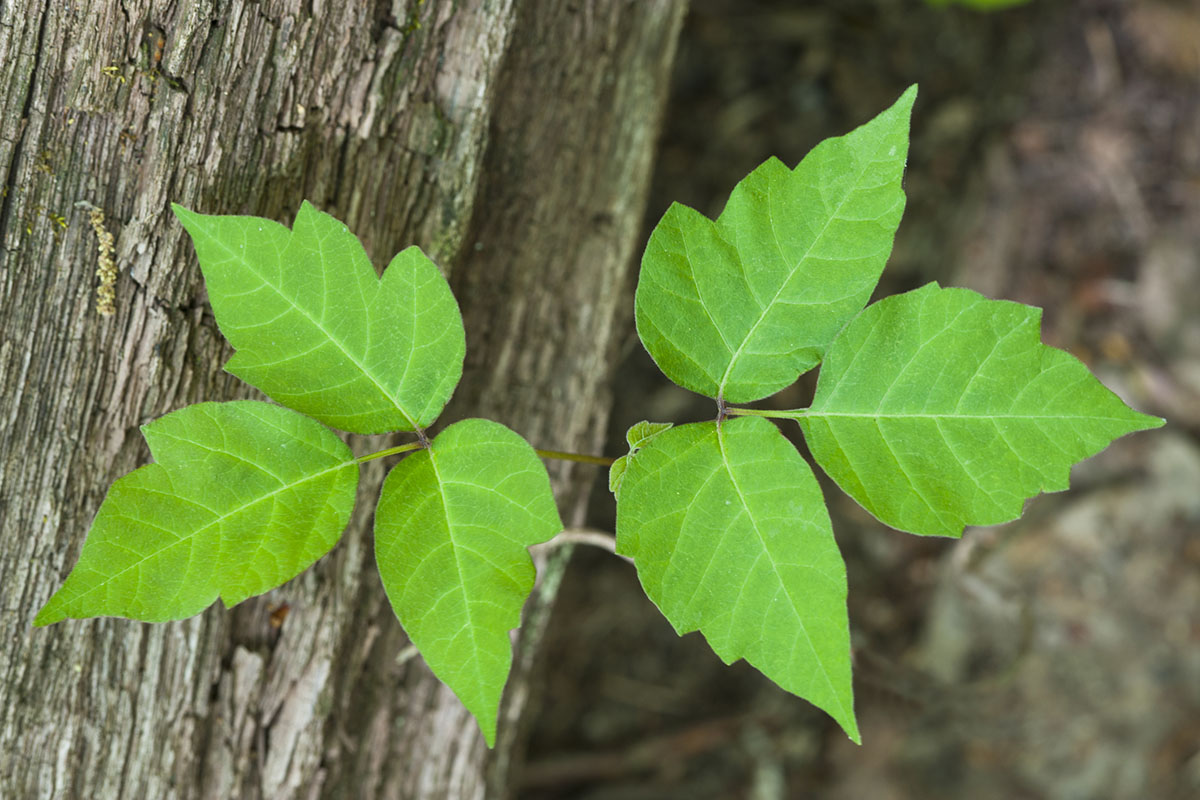
A vastly common plant, poison ivy is a great plant to avoid, but it can be hard to do so sometimes when foraging in the wild. Keep your distance to deter a nasty rash, itchy allergic reaction, and/or blistering skin. Animals might eat poison ivy, but it’s a nuisance for humans, because it grows nearly everywhere as a shrub or vine in many forests and parks.
Learn how to identify poison ivy by examining its leaves, which have three leaflets. Any contact with this plant can cause a reaction, and consuming poison ivy could be deadly.
8. Virginia Creeper

A close “cousin” of poison ivy, Virginia creeper has clusters of five leaves instead of three. Sometimes called the five-leaved ivy, the Virginia creeper has berries that could be mistaken for grapes. Just a few chews, though, and you’ll be vomiting or feeling your throat close up.
This vigorously growing vine can be found nearly everywhere. It’s common in forests and yards throughout eastern and central North America—from southern Canada to eastern Mexico.
9. American Wisteria

This beautiful plant is a wonderful sight to look at but a terror to eat. Characterized by purple and blue flowers, Wisteria plants have seeds in toxic, hanging pods. In fact, the whole plant is toxic, even for dogs. If you eat this plant, you’ll experience diarrhea, vomiting, burning sensations, and stomach pain.
10. Jerusalem Cherry
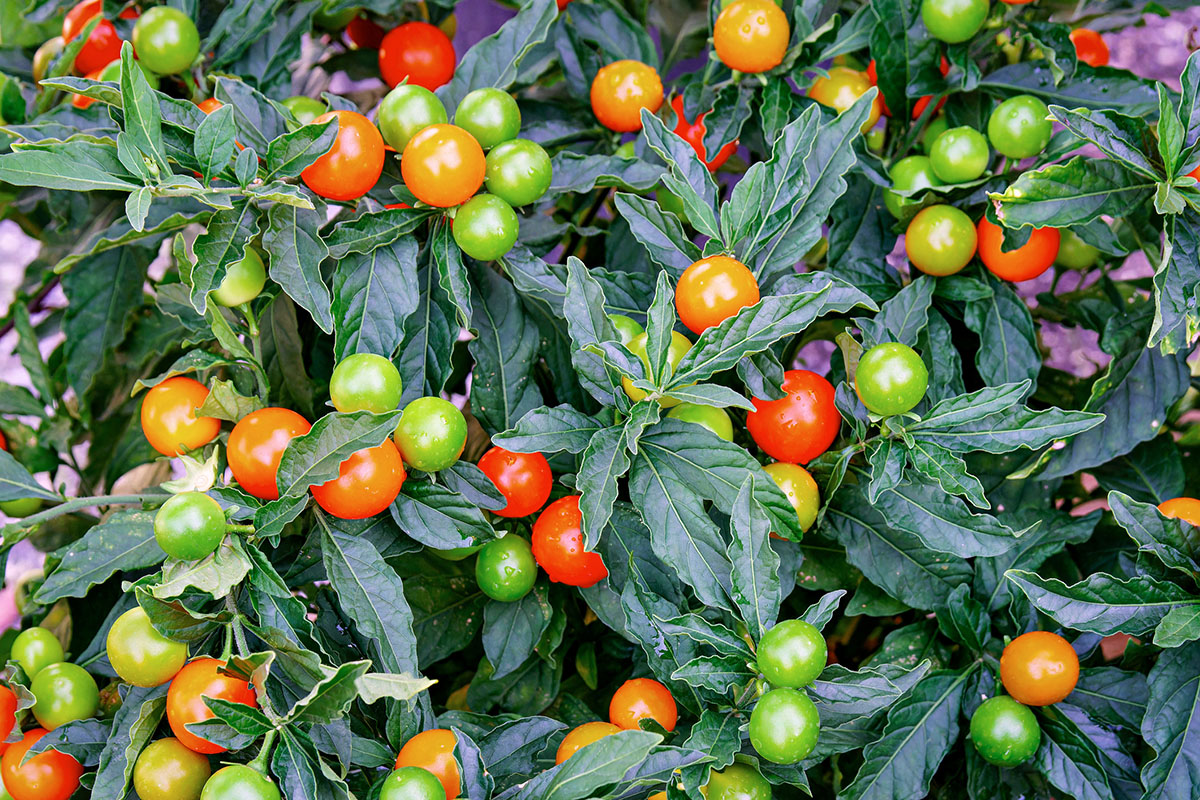
A plump, juicy-looking plant, the Jerusalem cherry plant, including the leaves, stems, and fruit, are all toxic. Even small amounts of Jerusalem cherries can lead to symptoms of poisoning, which may include nausea, vomiting, diarrhea, abdominal pain, headache, dizziness, and confusion. Ingesting large quantities of Jerusalem cherry or its parts can lead to convulsions, and, in rare cases, coma or death.



